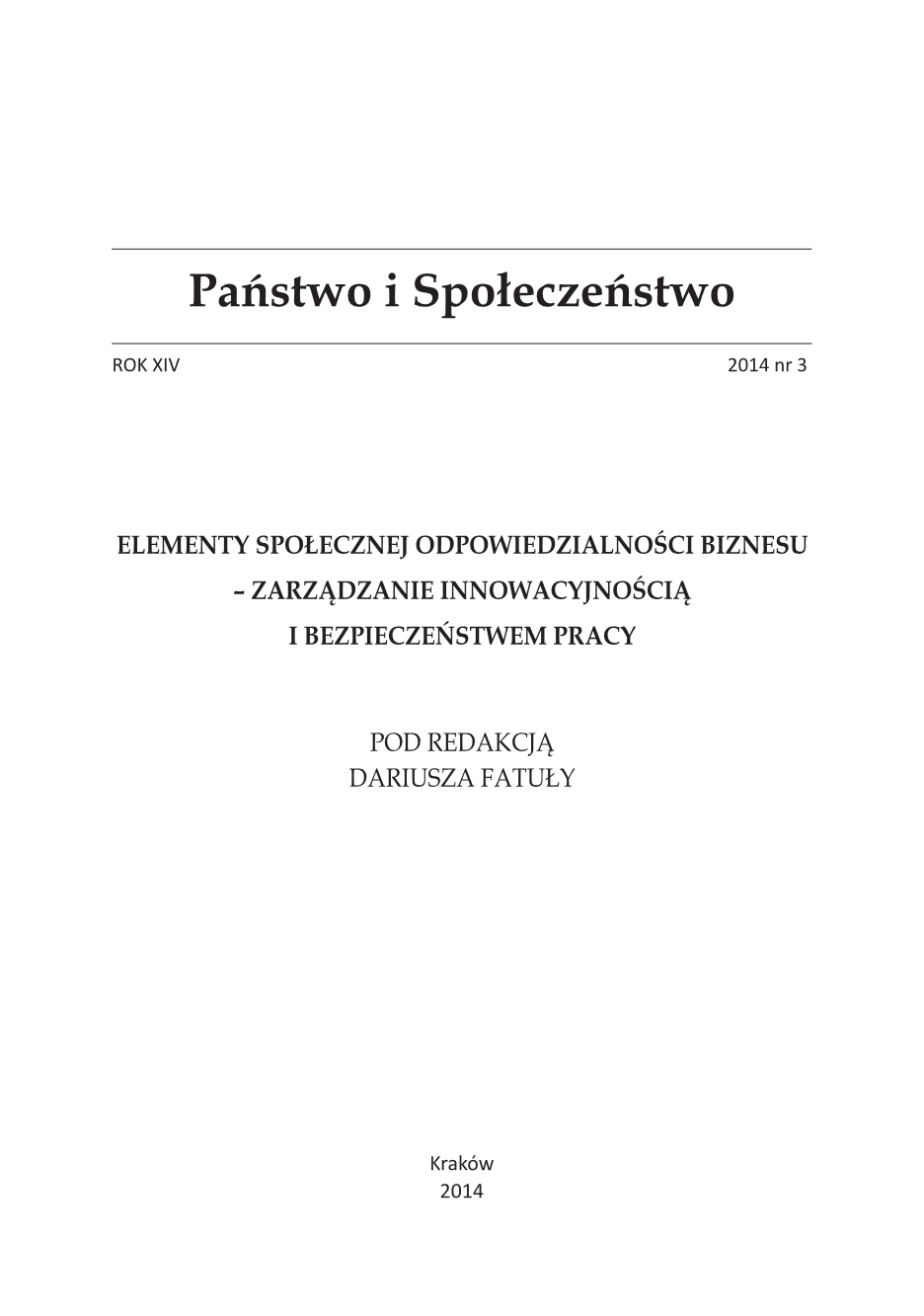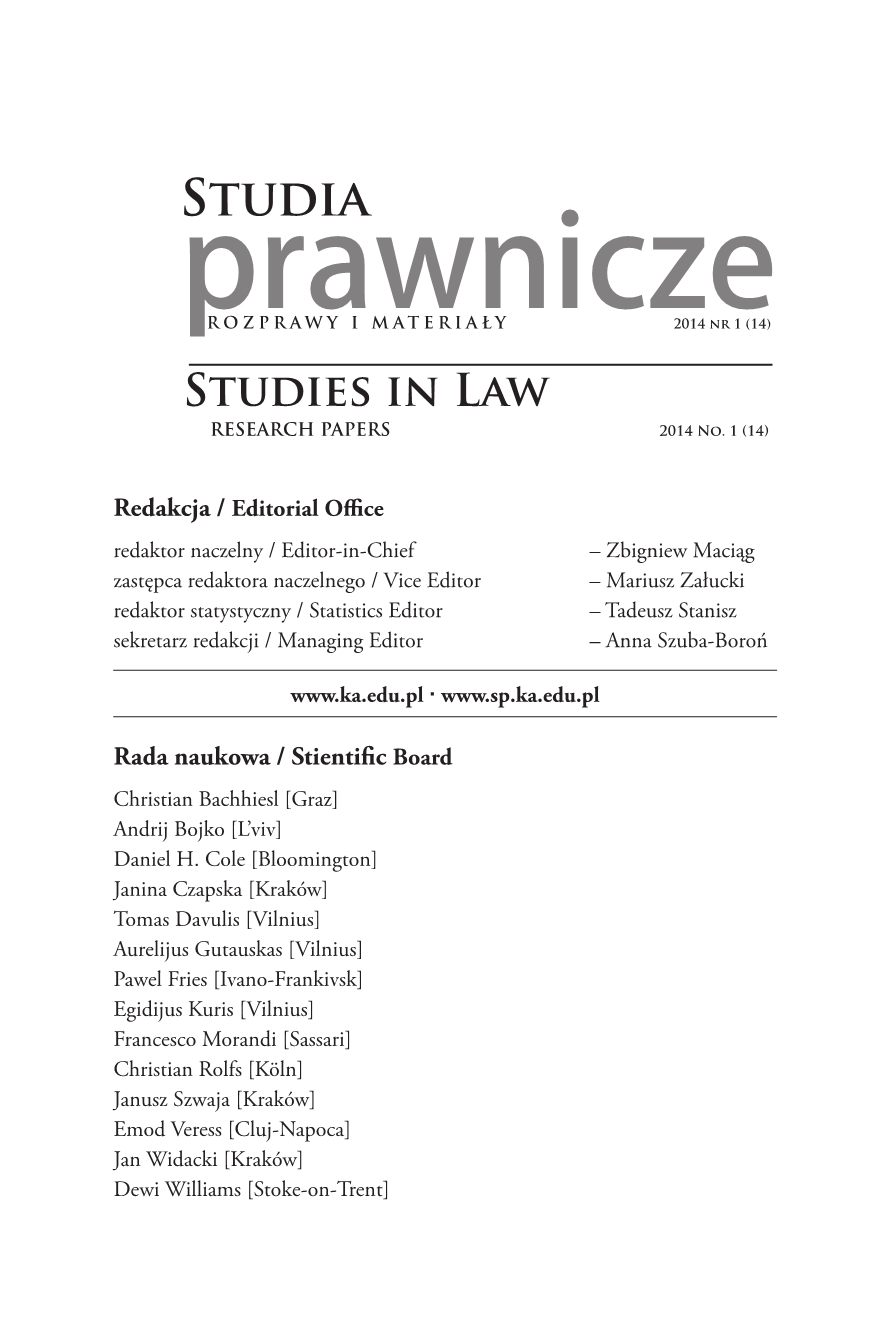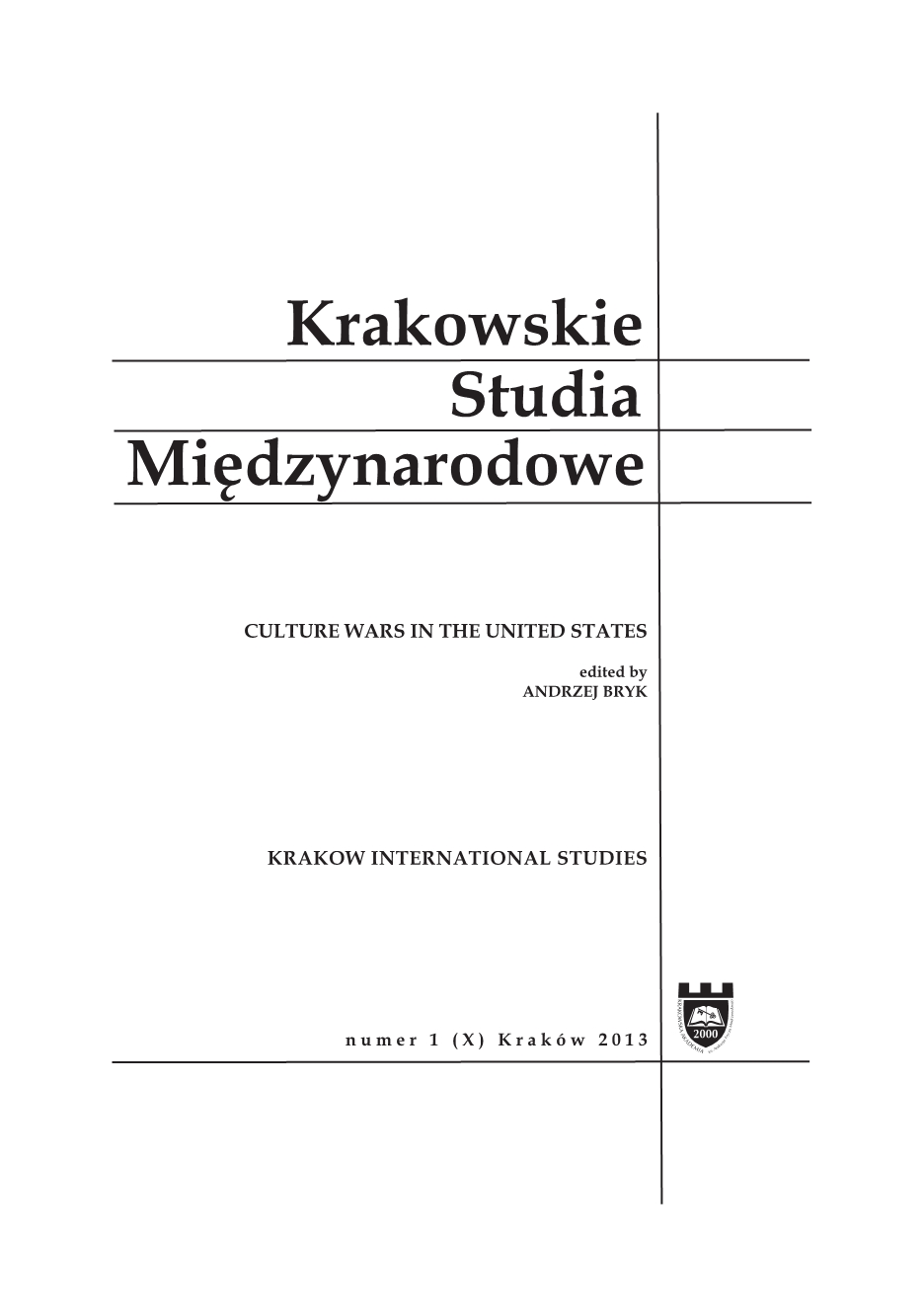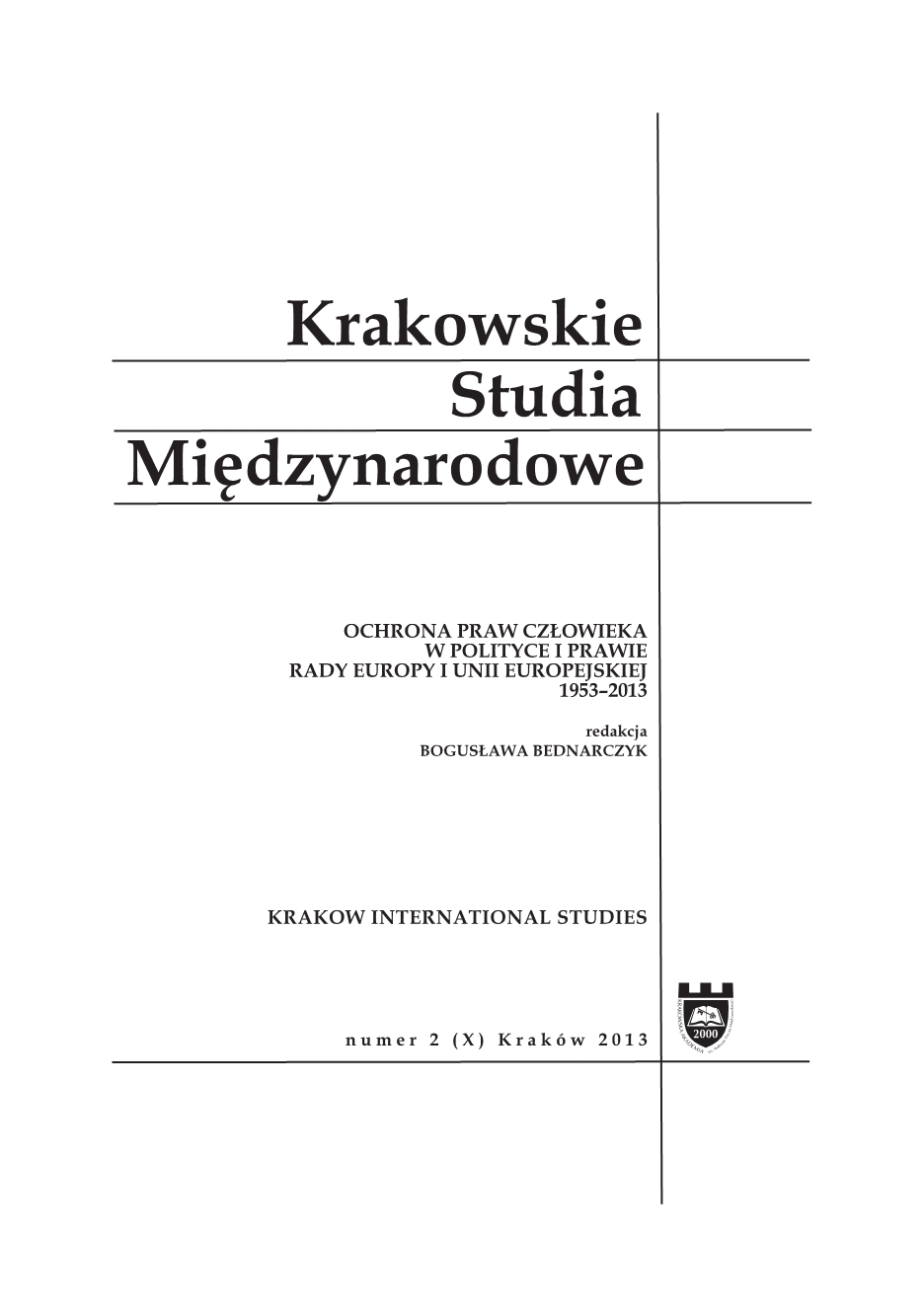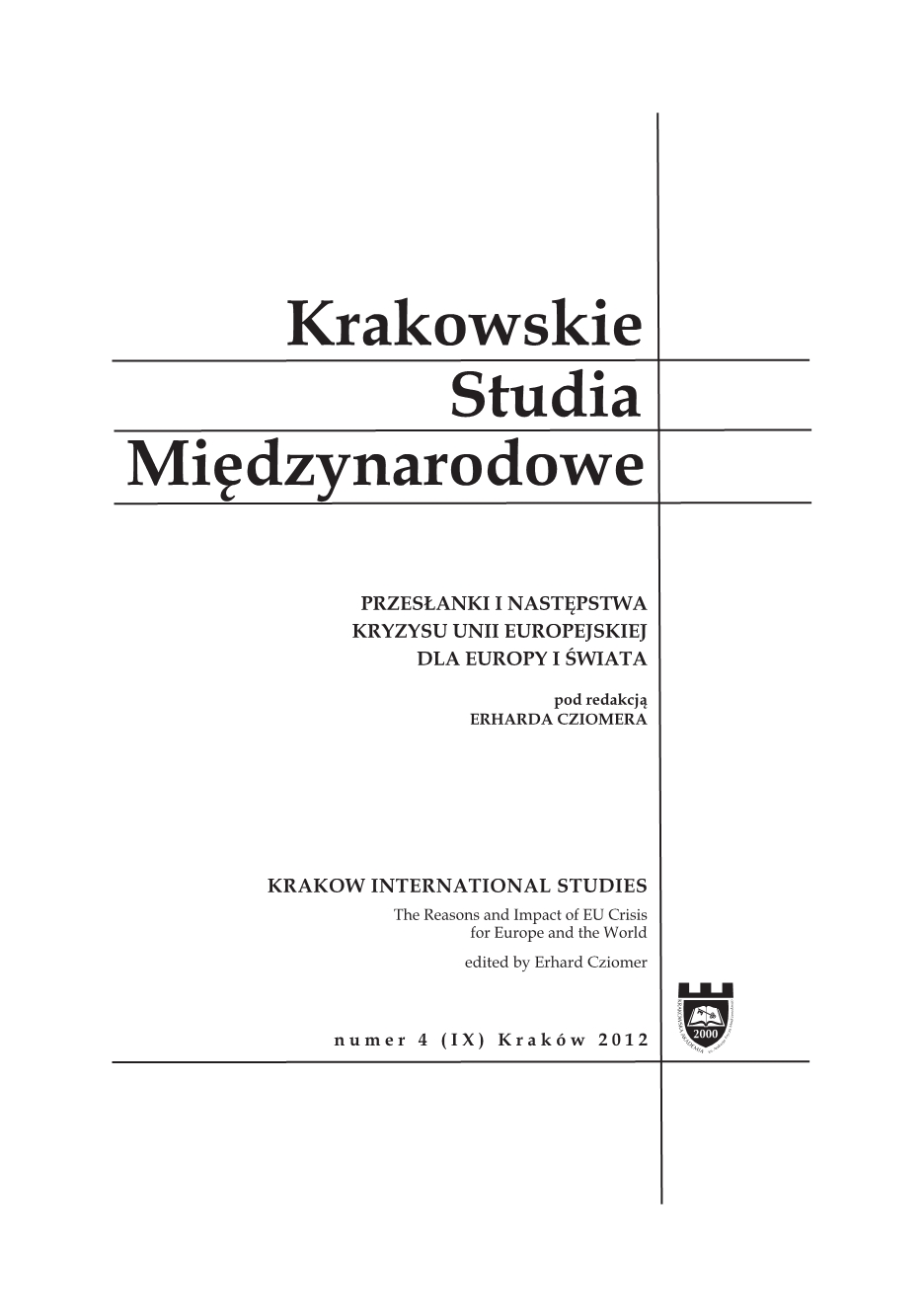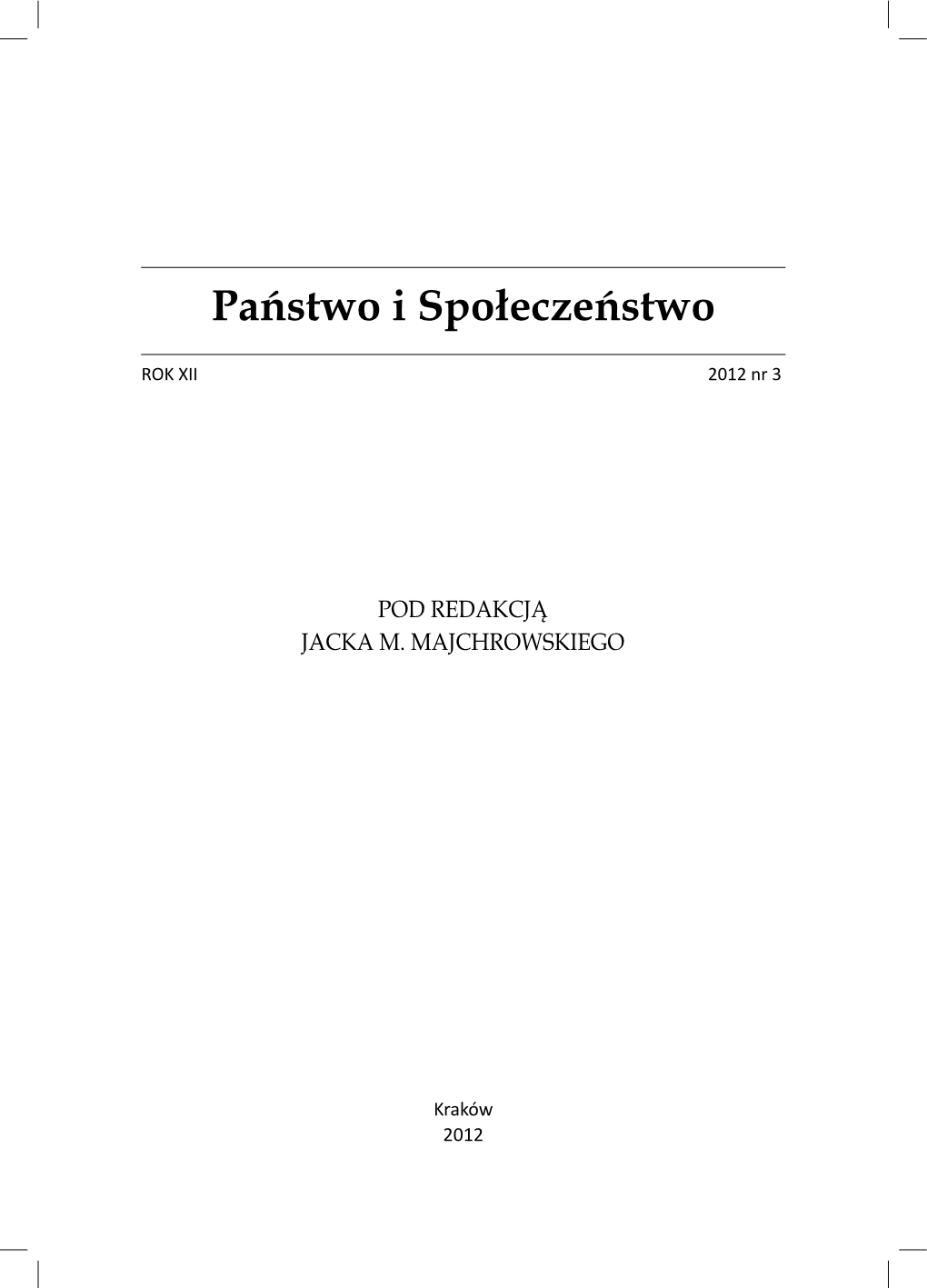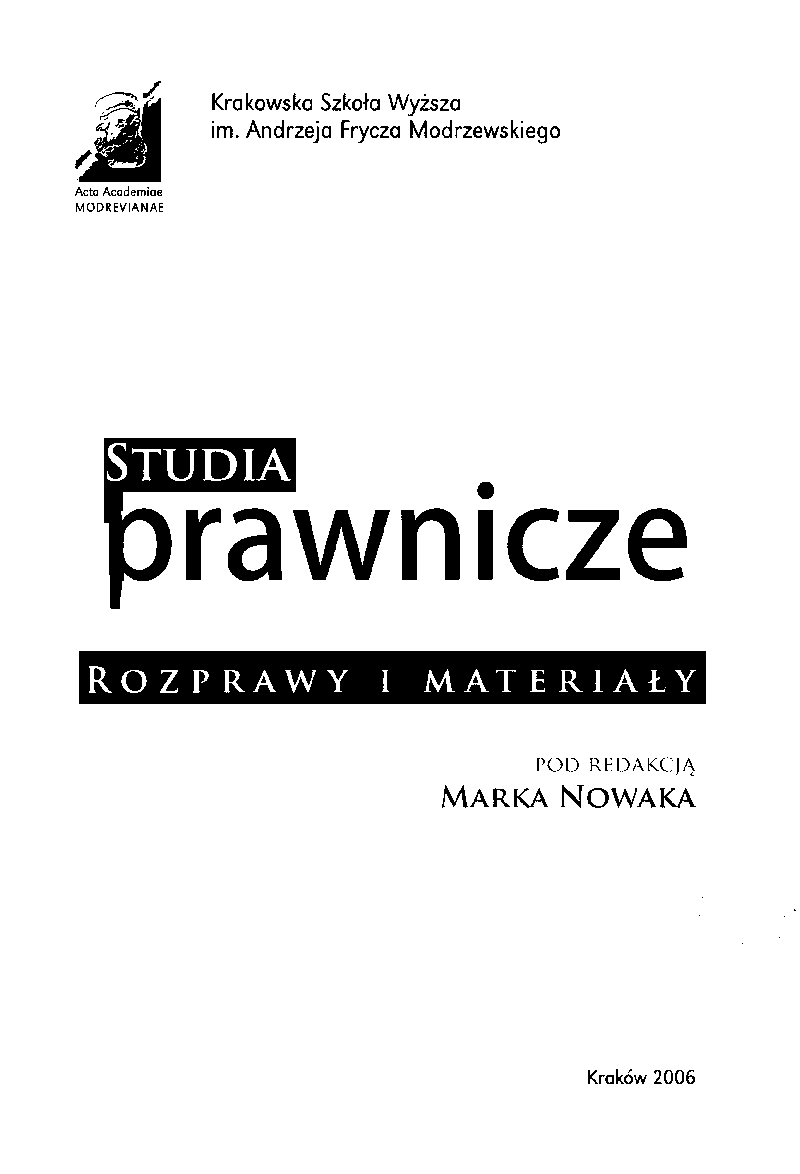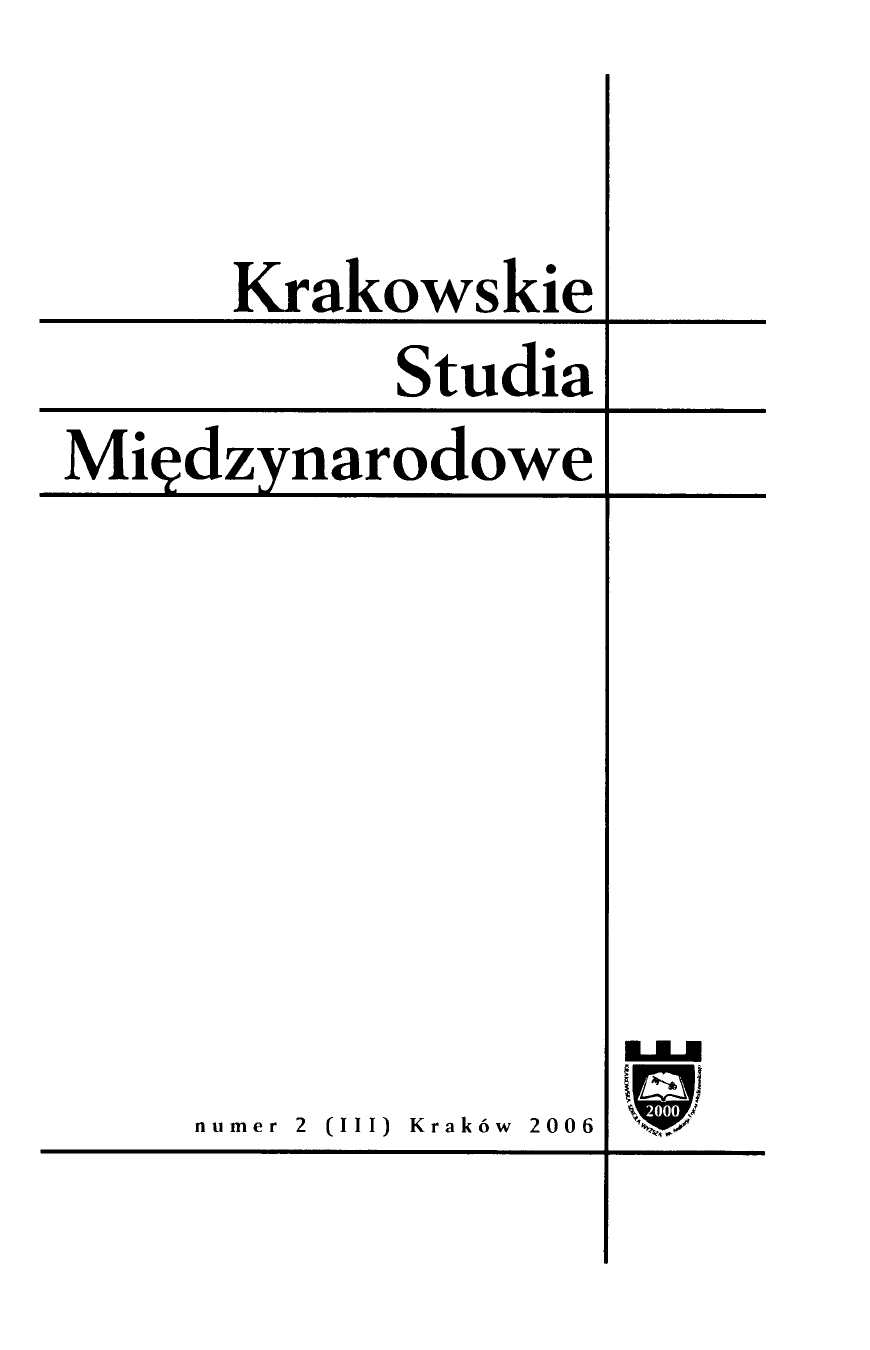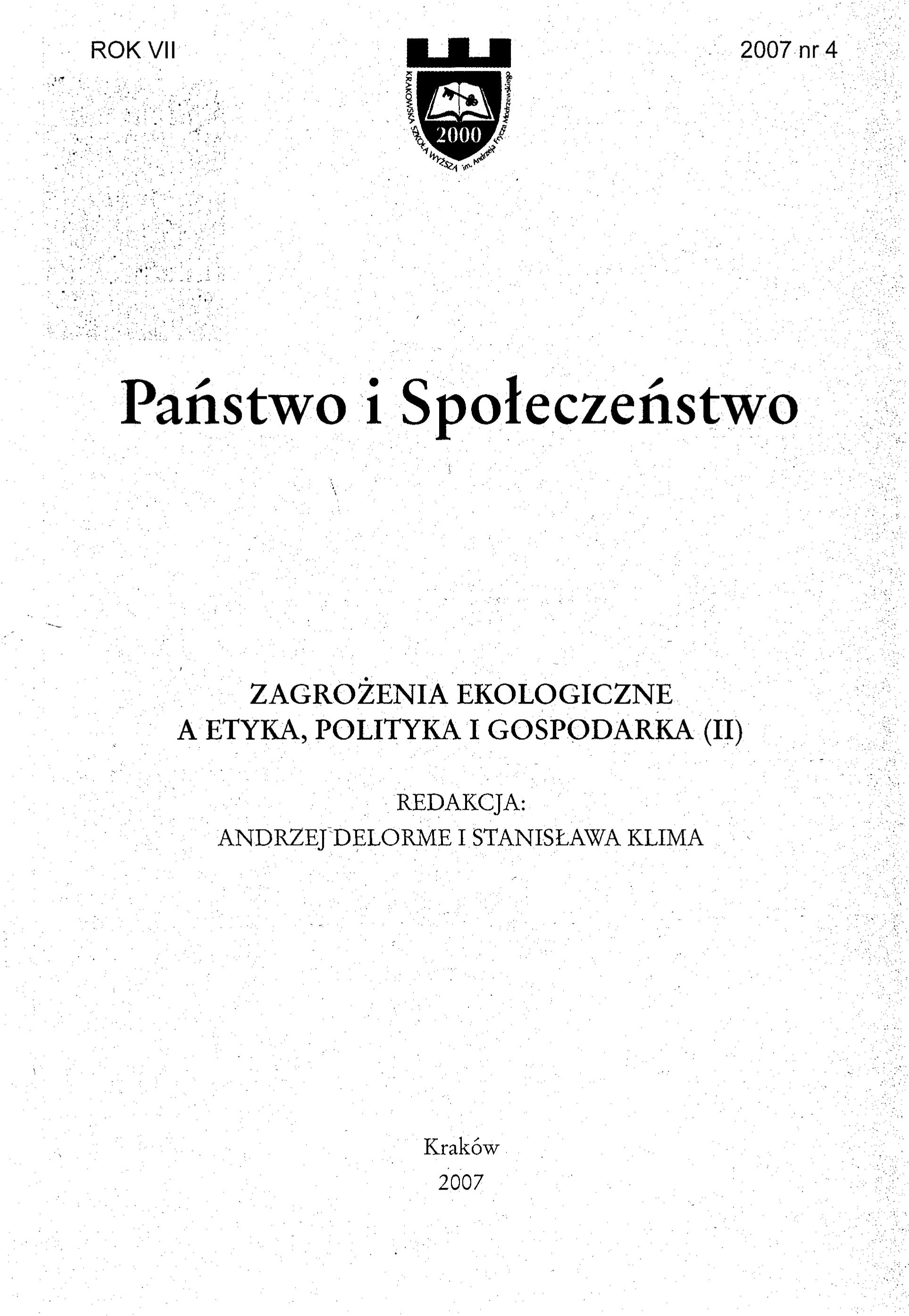Author(s): Michael Dauderstädt / Language(s): German
Issue: 4/2012
In the current debate on the Euro crisis, the received wisdom considers too much debt as the main cause. Profligate debtors, primarily governments, are supposed to be the culprits. Resolving the crisis requires therefore a massive deleveraging. Germany, in particular, abhors debt and sees it as the original sin. The German word for debt (“Schulden”) connotes already “guilt” (in German: “Schuld”). Actually, debt is a necessary core element of any capitalist economy. Without debt there can hardly be growth. It is debtors, not savers who are the drivers of growth. Growth is also the best way to get out of a debt crisis. Capital and asset markets are supposed to finance growth, identify investment opportunities ant to reduce risks. But often they fail, and are driven by manias and panics rather than prudent assessment. Growth in Europe has been strongly unbalanced during the last 10–15 years. While countries in the European periphery enjoyed high growth, fueled by increasing private debt, Germany’s economy stagnated and saved. Subsequently the debtor countries showed high current account deficits while Germany had large export surpluses. The financial crisis stopped suddenly the access to new credits and thus growth. This hard landing triggered a recession which required government spending to stimulate the economy and to bail out banks which in turn increased public debt dramatically. In spite of a fast recovery a panic in the government bond markets followed in the Euro zone. This panic resulted less from unacceptably high debt levels but from a flawed design of the Euro zone’s institutions (lack of a lender of last resort) and wrong policies. The austerity policies which were enforced by Germany and the European Union (EU) exacerbated the crisis and slowed or reversed the recovery. Debt and wealth are just two sides of the same medal and can only be changed together as the global net monetary investment position is always zero. Deleveraging is easiest in a context of growth, when creditors spend and reduce their savings. All the other options are worse: Spending cuts which lead to deflation and depression, bankruptcies or – though somewhat less disruptive – the real devaluation of debt by inflation. Growth with deleveraging requires the spending of debtors which generate and increase debtors’ revenues. Given the distribution of assets and debts, such a process implies that rich households (the net creditors) have to spend more in a way which either directly or indirectly leads to higher revenues of the indebted governments. Besides a levy on wealth and higher taxes for the rich the market solution would require massive real economy investment by the creditors which would trigger new growth, increase profits and wages which in turn would provide more tax revenues. Growth will resume when credits flow again and therefore, paradoxically, new debt is created. This will only happen when potential investors meet potential debtors with higher and more sustainable income. This requires a redistribution of income in favor of poorer households, enterprises ready to invest and governments which up to now took over the risks. A leaner and better regulated financial sector should focus on financing these adjustments in the real economy. The European Central Bank (ECB) should support such a process of growth and deleveraging by a permissive monetary policy, which aim at a target of nominal GDP growth of 4–6% rather than at an inflation target of 2%. A slightly higher rate of inflation would lower the government debt ratio (debt/GDP) in the long run. The countries of the Euro zone need a lender of last resort, possibly by creating a European Monetary Fund which should have unlimited access to ECB liquidity.
More...
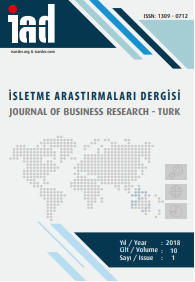

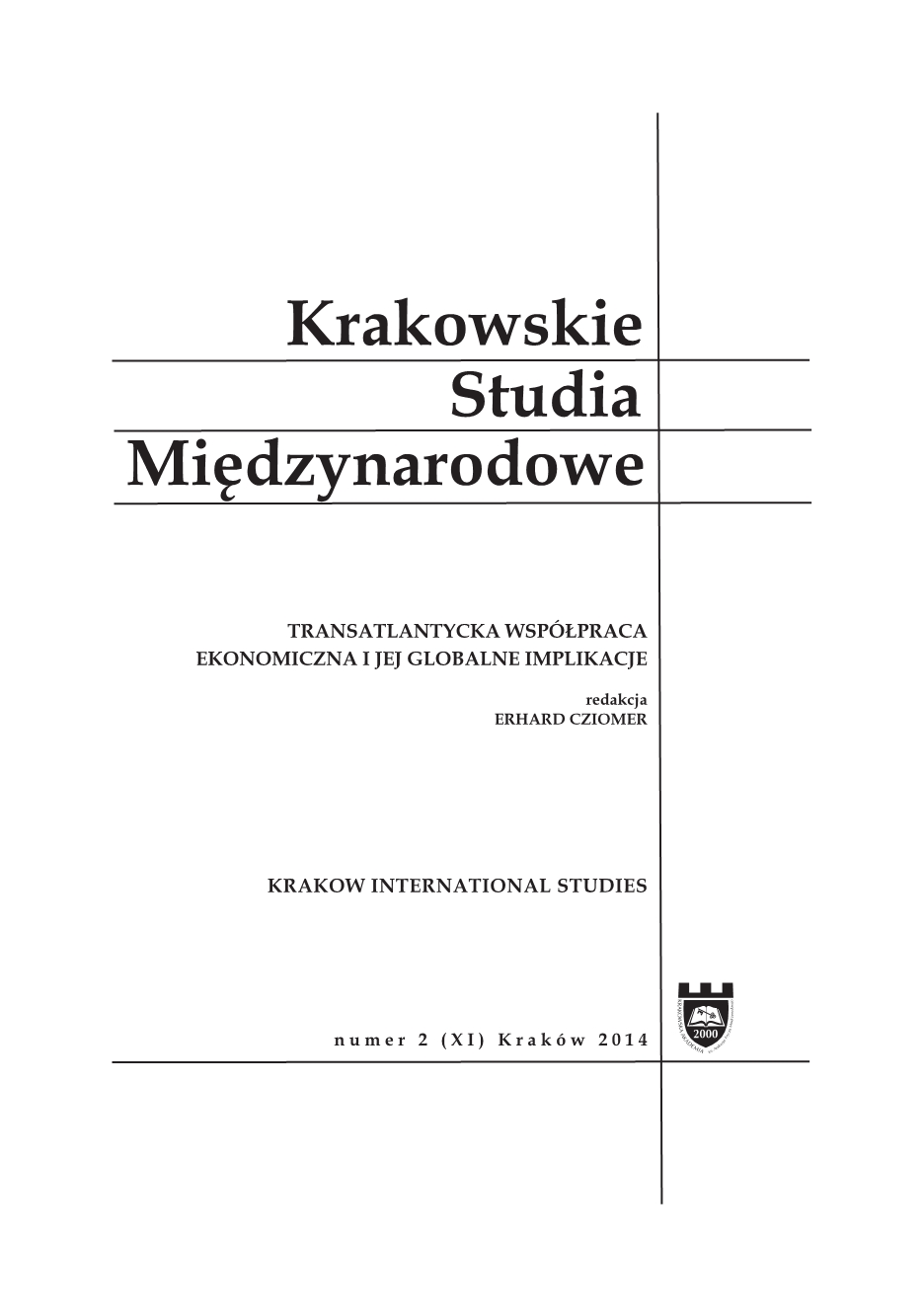
![Grzegorz W. Kołodko, Czy Chiny zbawią świat? [Prószyński i S-ka, Warszawa 2018, 222 s.]](/api/image/getissuecoverimage?id=picture_2018_42771.jpg)
